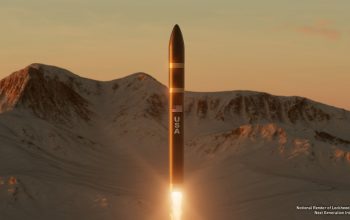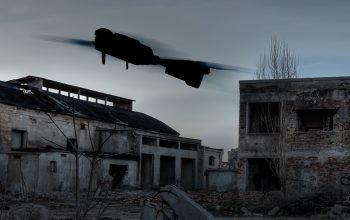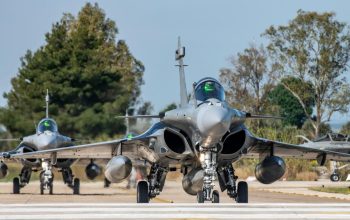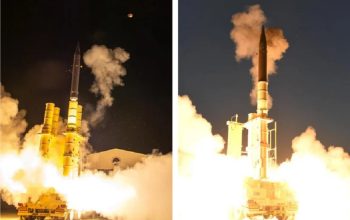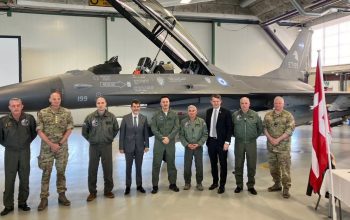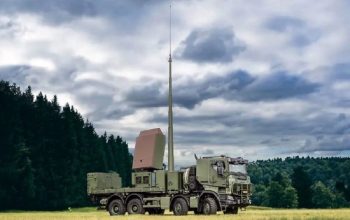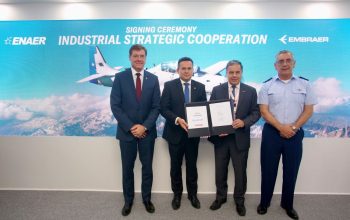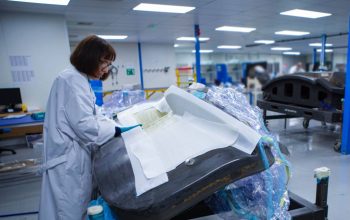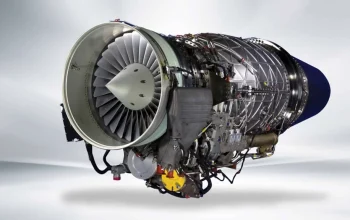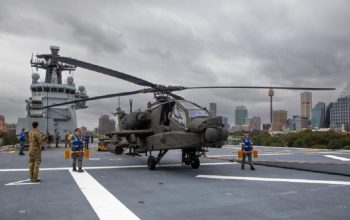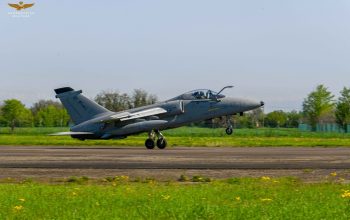The Boeing X-37, also known as the Orbital Test Vehicle (OTV), is a reusable unmanned spacecraft. It is boosted into space by a launch vehicle, then re-enters Earth’s atmosphere and lands as a spaceplane. The X-37 is operated by the United States Air Force for orbital spaceflight missions intended to demonstrate reusable space technologies. It is a 120%-scaled derivative of the earlier Boeing X-40.
On 17 November 2006, the U.S. Air Force announced that it would develop its own variant from NASA’s X-37A. The Air Force version was designated the X-37B Orbital Test Vehicle (OTV). The OTV program was built on earlier industry and government efforts by DARPA, NASA and the Air Force, and was led by the U.S. Air Force Rapid Capabilities Office, in partnership with NASA and the Air Force Research Laboratory. Boeing was the prime contractor for the OTV program.[7][17][18] The X-37B was designed to remain in orbit for up to 270 days at a time. The Secretary of the Air Force stated that the OTV program would focus on “risk reduction, experimentation, and operational concept development for reusable space vehicle technologies, in support of long-term developmental space objectives”.
The X-37B was originally scheduled for launch in the payload bay of the Space Shuttle, but following the 2003 Columbia disaster, it was transferred to a Delta II 7920. The X-37B was subsequently transferred to a shrouded configuration on the Atlas V rocket, following concerns over the unshrouded spacecraft’s aerodynamic properties during launch. Following their missions, X-37B spacecraft primarily land on a runway at Vandenberg Air Force Base, California, with Edwards Air Force Base as a secondary site. In 2010, manufacturing work began on the second X-37B, OTV-2, which conducted its maiden launch in March 2011.
On 8 October 2014, NASA confirmed that X-37B vehicles would be housed at Kennedy Space Center in Orbiter Processing Facilities (OPF) 1 and 2, hangars previously occupied by the Space Shuttle. Boeing had said the space planes would use OPF-1 in January 2014, and the Air Force had previously said it was considering consolidating X-37B operations, housed at Vandenberg Air Force Base in California, nearer to their launch site at Cape Canaveral. NASA also stated that the program had completed tests to determine whether the X-37B, one-fourth the size of the Space Shuttle, could land on the former Shuttle runways. NASA furthermore stated that renovations of the two hangars would be completed by the end of 2014; the main doors of OPF-1 were marked with the message “Home of the X-37B” by this point.
Most of the activities of the X-37B project are secret. The official U.S. Air Force statement is that the project is “an experimental test program to demonstrate technologies for a reliable, reusable, unmanned space test platform for the U.S. Air Force”. The primary objectives of the X-37B are twofold: reusable spacecraft technology, and operating experiments which can be returned to Earth. The Air Force states that this includes testing avionics, flight systems, guidance and navigation, thermal protection, insulation, propulsion, and re-entry systems.
In May 2010, Tom Burghardt wrote for Space Daily that the X-37B could be used as a spy satellite or to deliver weapons from space. The Pentagon subsequently denied claims that the X-37B’s test missions supported the development of space-based weapons.
In January 2012, allegations were made that the X-37B was being used to spy on China’s Tiangong-1 space station module. Former U.S. Air Force orbital analyst Brian Weeden later refuted this claim, emphasizing that the different orbits of the two spacecraft precluded any practical surveillance fly-bys
In October 2014, The Guardian reported the claims of security experts that the X-37B was being used “to test reconnaissance and spy sensors, particularly how they hold up against radiation and other hazards of orbit.”
In November 2016, the International Business Times stated that the U.S. government was testing a version of the EmDrive electromagnetic microwave thruster on the fourth flight of the X-37B. In 2009, an EmDrive technology transfer contract with Boeing was undertaken via a State Department TAA and a UK export licence, approved by the UK MOD. Boeing has since stated it is no longer pursuing this area of research. The U.S. Air Force has stated the X-37B is testing a Hall-effect thruster system for Aerojet Rocketdyne.



